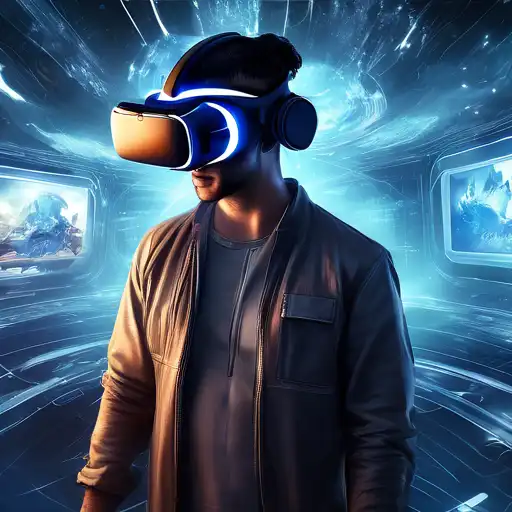Introduction to Virtual Reality
Virtual Reality (VR) has transformed the way we interact with digital content, offering a new dimension of experience that goes beyond traditional screens. This immersive technology has found applications in gaming, education, healthcare, and more, making it a pivotal innovation in the tech industry.
The Evolution of Virtual Reality
From its early beginnings in the 1960s to the sophisticated systems we have today, VR has undergone significant evolution. The introduction of headsets like Oculus Rift and HTC Vive has made VR more accessible to the public, paving the way for widespread adoption.
Applications of Virtual Reality
VR is not just for entertainment. Its applications span various sectors:
- Education: Virtual classrooms and simulations offer interactive learning experiences.
- Healthcare: From surgical training to therapy, VR is revolutionizing patient care.
- Real Estate: Virtual tours allow potential buyers to explore properties remotely.
- Retail: Try-before-you-buy experiences enhance customer satisfaction.
Benefits of Virtual Reality
VR offers numerous benefits, including:
- Enhanced learning through immersive experiences.
- Improved training and simulation for professionals.
- Greater accessibility to experiences and locations.
- Increased engagement in marketing and entertainment.
Challenges and Future Prospects
Despite its advantages, VR faces challenges such as high costs and the need for advanced hardware. However, with ongoing advancements, the future of VR looks promising, with potential breakthroughs in augmented reality integration and more affordable solutions.
Conclusion
Virtual Reality is reshaping our digital experiences, offering unparalleled immersion and interactivity. As technology continues to evolve, VR will undoubtedly play a significant role in shaping the future of entertainment, education, and beyond.
